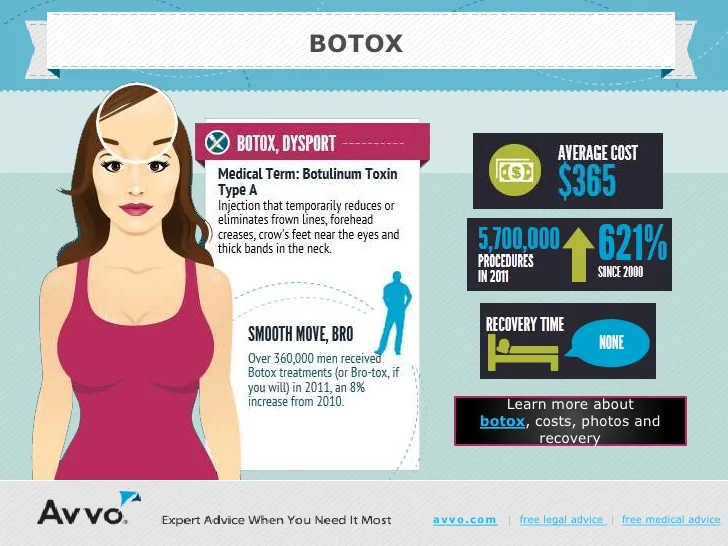The Role Of Glycolic Acid In Acne Care
The Role Of Glycolic Acid In Acne Care
Blog Article
Causes of Acne on Cheeks
Acne breakouts in the cheek location are set off by many points, from touching your face frequently to not altering your pillowcase usually sufficient. Picking at blemishes raises your danger of infection and scarring, and certain medicines can intensify dark places (postinflammatory hyperpigmentation).
Fortunately, there are many ways to prevent and treat cheek acne. These include:
1. Hormone Changes
Acne is greatly brought on by hormonal agents, particularly those generated during adolescence and pregnancy. For some, a family history of acne may also contribute to their condition. Anything that clogs pores, such as oil-based skin care items or ceraceous hair items, can activate acne. Numerous topical therapies, like benzoyl peroxide and salicylic acid, can battle germs and unclog pores. Those with serious or chronic acne should seek therapy from their medical professional.
Stay clear of touching or pressing your acne, as this can push a few of the bacteria deeper into the skin, leading to an extra extreme outbreak. It is likewise essential to change pillowcases regularly and use tidy make-up brushes. You ought to also try to stay clear of toxic irritants such as rubbing from using a helmet or tight collar.
2. Diet regimen
The oily, sugary foods that many people assume trigger acne might really not do so. In fact, researches have actually revealed that eating a diet abundant in entire, nutrient-dense foods assists to prevent outbreaks.
Foods high in the glycemic index (such as white bread, corn flakes, blew rice and potatoes, doughnuts and other pastries) elevate blood glucose levels quickly, and this can raise hormones that enhance oil manufacturing and result in acne.
Drinking cow's milk has actually likewise been linked to raised acne outbreaks. If you are a regular cow's milk drinker, you could wish to try changing to low-fat or nondairy options that are fortified with calcium. On top of that, consuming alcohol more water can help to lower acne since it helps to maintain the skin hydrated.
3. Excess Oil
While oil is necessary for healthy skin, it can come to be a trouble when excessive sebum mixes with dead skin cells and obstructs pores. This combination can develop blackheads, whiteheads and acnes. The clogged pore wall surface can break down and spill germs, dead skin cells and sebum into bordering skin. This results in a red bump called a pimple. Sometimes these red bumps have pus in the facility from a bacterial infection. Bigger infected bumps that look like acne are called cysts.
There are lots of things that can create excess sebum and blocked pores, consisting of hormone variations, diet plan and daily behaviors. Some examples consist of touching the face frequently, relaxing your hand on your cheek, utilizing unclean makeup brushes and not transforming pillow cases regularly.
4. Anxiety
If you're handling pain pimples or a variety of blackheads and whiteheads, it may be time to talk with a skin specialist. They can advise an efficient therapy that suits your skin kind. Practicing leisure and stress-reduction techniques also aids.
Acne can occur in the cheeks as a result of friction and stress, such as when a person touches their face often or wears a hat or sports helmet that rubs against the skin. It can additionally appear where oily cosmetics and lotions massage against the skin.
Prevent squeezing acne, as this can push contaminated material deeper right into the skin and result in scarring. Rather, see a doctor to discover preventative treatments like medicine, skin treatment products and way of life adjustments. Eating a healthy and balanced diet of entire foods, obtaining seven to 9 hours of rest and utilizing noncomedogenic make-up and skincare products can all help in reducing acne breakouts.
5. Hair Products
Hair products are not commonly thought of as a source of breakouts, however they can add to acne on the cheeks in some people. Pomade acne, which is defined by tiny closed comedones and papulopustules, is frequently caused by using oily hair items which contain comedogenic ingredients such as specific oils and acetylated lanolin.
Picking hair products that don't have these potentially comedogenic components is a vital step toward lessening outbreaks. Also, making sure that hair items aren't can be found in contact with the skin can botox near me help stop outbreaks. For example, using a headscarf or hood at night can limit hair-to-face call and lower the possibility that leave-in hair products will certainly abrade onto the face.
Along with using a non-comedogenic moisturizer and cleaning with an acne face clean, various other useful methods consist of: